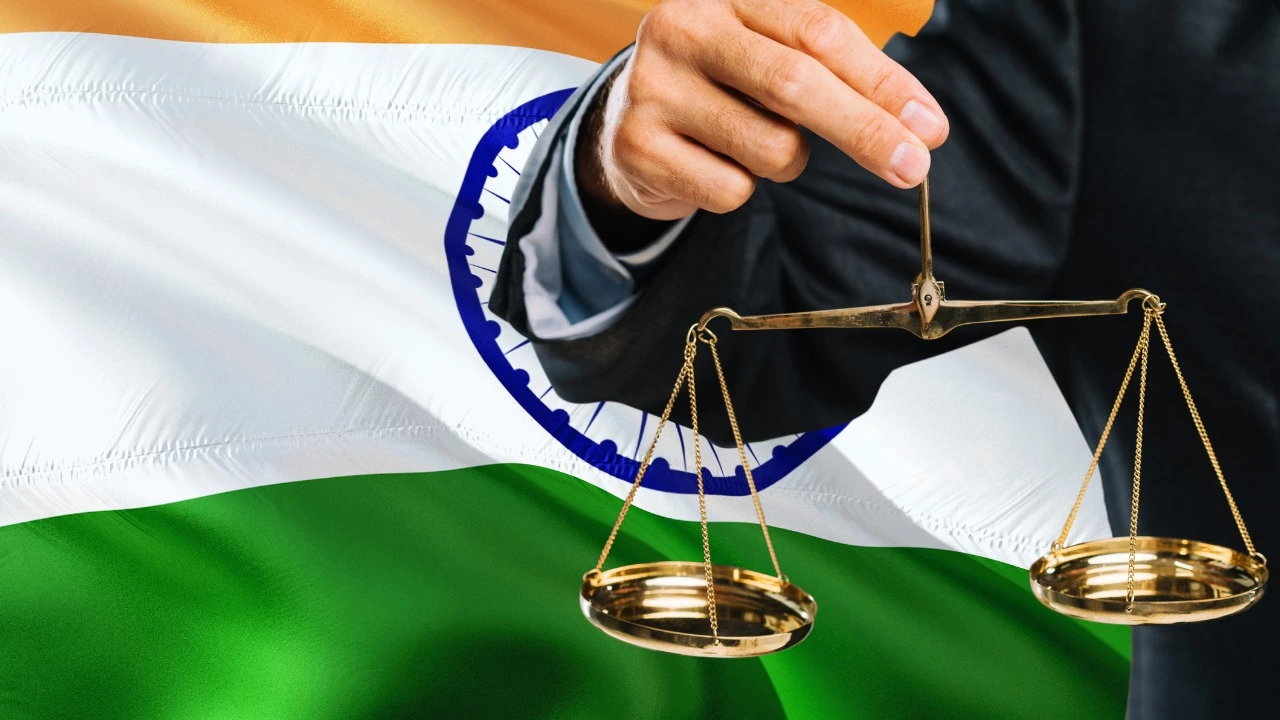Indian Judiciary System: How It Works and How It Helps You
Want to understand the Indian judiciary without the legal jargon? The system decides disputes, protects rights, and checks the other branches of government. Knowing the basics helps you use the courts when you need them—and avoid wasting time or money.
How the courts are structured
The Indian judiciary has three main levels. At the top is the Supreme Court of India. It handles constitutional issues, appeals from High Courts, and some cases directly through special leave petitions and public interest litigation (PIL).
Next are the High Courts, one for each state or group of states. They hear appeals from lower courts and deal with state matters, writ petitions, and serious criminal or civil cases.
Below them are subordinate courts—district courts, magistrate courts, and tribunals. These are where most disputes start: family matters, property, small claims, criminal trials, and more.
What the courts can do for you (and how to use them)
If your fundamental rights are violated or a law seems unconstitutional, the Supreme Court and High Courts can issue writs (like orders to the government). If you can’t afford a lawyer, the Legal Services Authorities at national and state levels provide free help for eligible people.
Want to raise a public concern? PIL lets any citizen ask a court to act on matters of public interest—pollution, corruption, or prison conditions, for example. A well-written PIL must show real public harm, not just a personal grievance dressed up as public interest.
Many cases now start online. E-filing portals let lawyers file petitions without visiting the court. You can also check case status on court websites. For simple queries, many courts run help desks or legal aid clinics.
How to make a suggestion or petition to the Supreme Court: write a clear, short letter or petition stating facts, law, and what you want the court to do. Keep copies of documents, and use registered post if sending hard copies. If unsure, consult a lawyer or the court’s registry for formatting rules.
What about judges and accountability? Judges of the Supreme Court and High Courts are appointed through a collegium system of senior judges. Lower court judges are appointed by state bodies. Serious misconduct can lead to impeachment, but routine mistakes are handled through appeals or review petitions.
Practical tips: 1) Keep records—dates, receipts, documents. 2) Use mediation or lok adalats for family, small financial, or neighbor disputes to save time. 3) If you file a case, set realistic expectations—most cases take time. 4) Check for legal aid if cost is a problem.
The judiciary is complex but designed to protect rights and resolve disputes. If you understand the structure and basic steps—when to approach a lower court, High Court, or the Supreme Court—you’ll make better decisions and use the system more effectively.
Can I file a case directly in the Supreme Court of India?
Hey there, folks! So, you have a burning question - can you march right up to the Supreme Court of India and file a case? Well, hold your horses, it's not exactly a walk in the park. The Supreme Court primarily deals with appeals and cases that involve interpretation of the Constitution. So, unless your case is the legal equivalent of a Bollywood blockbuster, you'll likely start at the lower courts. So, in short, you can't just waltz into the Supreme Court with a case unless it's got some serious constitutional spice!
learn more